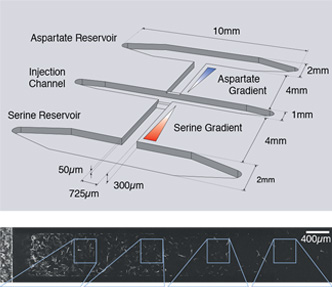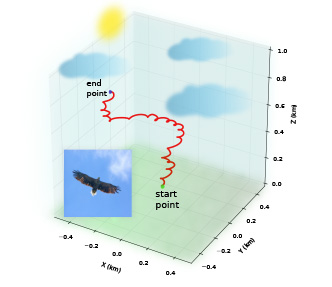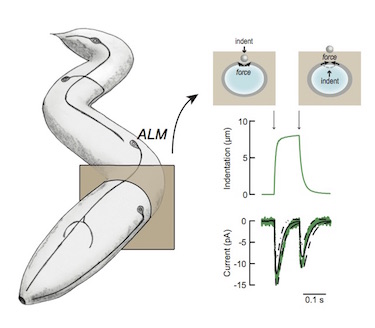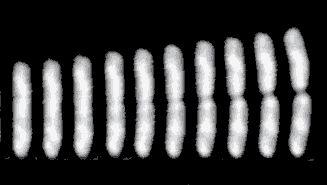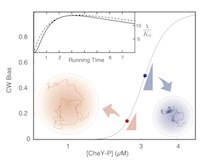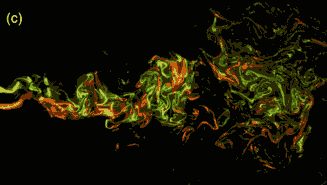
Olfactory Searches
The olfactory system of male moths is exquisitely sensitive to pheromones emitted by females and transported in the environment by atmospheric turbulence. Moths respond to minute amounts of pheromones and their behavior is sensitive to the fine-scale structure of turbulent plumes where pheromone concentration is detectible.
